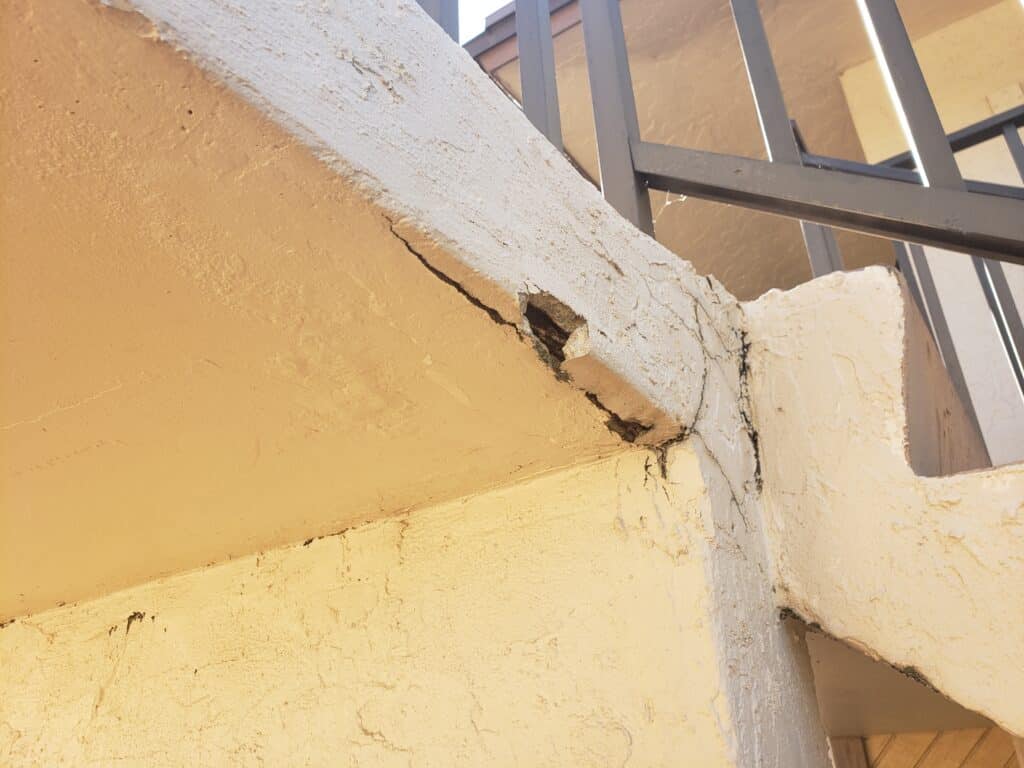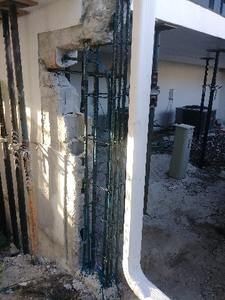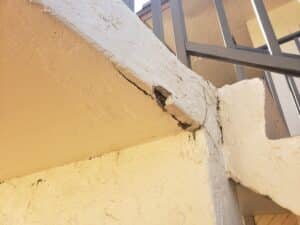Stucco is a popular choice for building exteriors due to its durability and attractive finish. However, over time, even the best stucco can develop problems that need attention. Understanding these common issues and knowing how to fix them is essential for maintaining the integrity and appearance of your building.
Stucco problems can arise from various factors, such as weather conditions, improper installation, or natural wear and tear. Cracks, stains, and bulging areas are just a few examples of issues that might occur. Addressing these problems promptly is crucial to prevent further damage and costly repairs.
Regular inspections and timely repairs can make a significant difference in the longevity of a stucco surface. By identifying signs of damage early and applying effective repair methods, we can maintain the building’s exterior in excellent condition. This guide will explore common stucco problems, how to spot signs of damage, effective repair techniques, and tips for preventing future issues. Keeping our buildings well-maintained ensures they remain both beautiful and structurally sound for years to come.
Understanding Common Stucco Problems
Stucco is known for its durability, but it can still encounter issues over time. Common problems include cracking, staining, and mold growth. Cracking is one of the most frequent issues we see with stucco. These cracks can appear as hairline fissures or larger gaps and can be caused by the building settling, temperature changes, or improper installation.
Staining is another common issue. It can occur due to water penetration, which leads to water stains or rust marks. These stains not only look unsightly but can also indicate deeper problems, such as leaks or moisture buildup behind the stucco.
Mold growth is a serious concern, especially in humid climates. When water gets trapped behind the stucco, it creates an environment where mold and mildew can thrive. This not only affects the appearance of the building but also poses health risks to the occupants.
By understanding these common issues, we can be more vigilant in identifying and addressing them quickly to prevent further damage.
Identifying Signs of Stucco Damage
Spotting signs of stucco damage early is crucial for effective restoration. Here are some signs we should look for:
1. Cracks: Look for both small and large cracks on the stucco surface. Hairline cracks might seem minor but can worsen over time. Larger cracks are more significant and often indicate structural issues or water damage.
2. Stains: Notice any discoloration or staining on the stucco. Water stains might appear as darker patches, while rust stains are usually reddish-brown. These stains often point to water infiltration.
3. Bulging or Blistering: If the stucco appears to be bulging or forming blisters, this can indicate water trapped behind the surface. This trapped moisture can lead to more serious problems like mold growth or structural damage.
4. Mold and Mildew: Check for black, green, or brown patches, which can indicate mold or mildew growth. These patches are usually found in areas exposed to moisture, such as near gutters or at the base of walls.
5. Chipping or Flaking: If stucco starts to chip or flake off, it could mean that the material has become brittle due to age or exposure to the elements. This makes the surface vulnerable to more extensive damage.
By regularly inspecting our buildings for these signs, we can take prompt action to repair and restore the stucco, ensuring the longevity and appearance of the exterior.
Effective Methods for Stucco Repair
Repairing stucco properly is essential to maintaining a building’s exterior. There are several effective methods we can use to fix stucco issues:
1. Patching Cracks: For small cracks, a simple patching compound can be applied. First, clean the crack and remove any loose debris. Then, apply the patching compound with a trowel and smooth it out. Once it dries, paint over the patch to match the rest of the stucco.
2. Repairing Larger Cracks: Larger cracks require more work. Start by cleaning the crack and removing debris. Use a bonding agent to help the new stucco adhere better. Apply multiple layers of stucco patch, allowing each layer to dry before adding the next. Finish by painting to match the existing stucco.
3. Handling Mold and Mildew: To remove mold or mildew, clean the affected area with a solution of water and bleach. Scrub the mold off and rinse thoroughly. After it dries, apply a mold-resistant sealant to prevent future growth.
4. Fixing Bulging and Blistering: Cut out the damaged stucco to expose the underlying layers. Remove any trapped moisture and allow the area to dry. Apply a new layer of stucco, blending it with the surrounding material. Paint to match.
5. Addressing Stains: Depending on the stain type, use appropriate cleaning solutions. For water stains, a mixture of water and mild detergent works well. Rust stains may need a specialized rust remover. After cleaning, apply a waterproof sealant to prevent future stains.
By using these methods, we can effectively address common stucco problems and restore the exterior to its original condition.
Tips for Maintaining and Preventing Future Stucco Issues
Maintaining stucco and preventing future problems requires regular care and attention. Here are some useful tips we can follow:
1. Regular Inspections: Conduct regular inspections of the stucco. Look for any cracks, stains, or other signs of damage. Early detection helps in addressing issues before they become major problems.
2. Proper Drainage: Ensure that the building has proper drainage systems in place. Gutters and downspouts should direct water away from the stucco. This helps prevent water infiltration and related problems like staining and mold growth.
3. Sealant Application: Apply a high-quality waterproof sealant to the stucco. This adds a protective layer that prevents moisture from penetrating the surface. Sealants can also help in maintaining the color and appearance of the stucco.
4. Landscape Maintenance: Keep plants, shrubs, and trees trimmed away from the stucco. Overgrown vegetation can trap moisture against the building, leading to mold and mildew growth.
5. Repair Minor Damage Promptly: Fix small cracks and other minor damage as soon as they appear. This prevents them from worsening and causing more extensive damage to the stucco.
6. Avoid Impact Damage: Be mindful of activities that could cause physical damage to the stucco, such as lawn mowing or playing sports near the building. Impact damage can lead to cracks and chips that need repair.
By following these tips, we can extend the lifespan of stucco and keep it looking great for many years.
Conclusion
Stucco restoration is vital for maintaining the beauty and structure of your building. Understanding common stucco problems and identifying signs of damage early can save time and money. Effective repair methods and preventative maintenance are key to keeping stucco in top condition. Regular inspections, proper drainage, and prompt repairs help ensure that your stucco remains durable and attractive.
For professional assistance with stucco restoration, contact McLeod’s Contracting Solutions. Our expert team is ready to help you with stucco repairs, maintenance, and other building needs. Reach out to McLeod’s Contracting Solutions today to keep your building looking its best.







